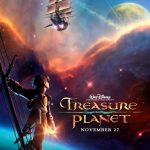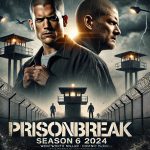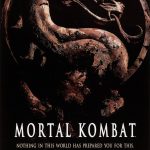King Kong (2005)
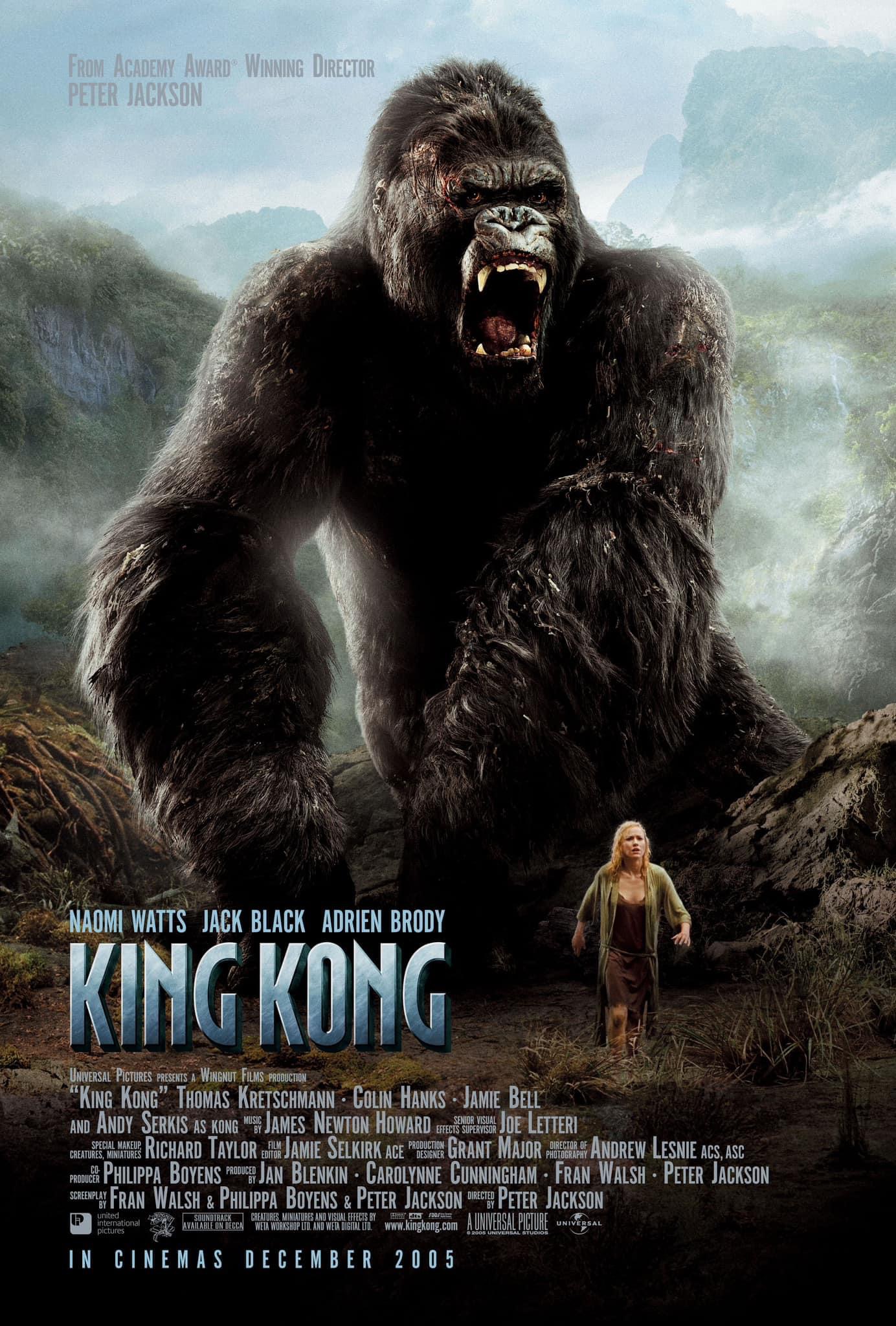
King Kong (2005), directed by Peter Jackson, is a monumental remake of the 1933 classic that brings the tragic story of the giant ape to life through cutting-edge visual effects and heartfelt storytelling. Set in the 1930s, the film follows ambitious filmmaker Carl Denham (Jack Black), who leads an expedition to the mysterious Skull Island to shoot his latest film. Along with him are actress Ann Darrow (Naomi Watts) and screenwriter Jack Driscoll (Adrien Brody). On Skull Island, they encounter Kong, a massive ape who develops a protective bond with Ann, only to be captured and taken to New York City where tragedy ensues.
Suggested videos for you:
Plot Overview
The story follows Carl Denham, a reckless filmmaker desperate to salvage his project and career by traveling to a remote island with a motley crew, including Ann Darrow, a struggling actress. On Skull Island, they are confronted with prehistoric creatures and the awe-inspiring Kong, a colossal ape who becomes enamored with Ann. The movie is divided into two main acts: the first on Skull Island, where the characters battle terrifying creatures and attempt to rescue Ann from Kong, and the second in New York, where Denham exploits Kong for financial gain, leading to Kong’s iconic rampage through the city and the heart-wrenching finale atop the Empire State Building.
Visual Effects and Action
Peter Jackson’s King Kong is a visual spectacle, known for its groundbreaking CGI and motion-capture technology, particularly in the portrayal of Kong. The giant ape, brought to life by Andy Serkis through motion capture, is a marvel of special effects, displaying a range of emotions from rage to affection. Kong is not merely a monster but a tragic figure whose relationship with Ann forms the emotional core of the movie. Serkis’ performance imbues Kong with a palpable sense of loneliness and desperation, making his ultimate fate all the more heartbreaking.
The film’s action sequences are thrilling and relentless, particularly the scenes on Skull Island. Jackson fills the island with a menagerie of monstrous creatures, including dinosaurs and giant insects, creating pulse-pounding moments like the battle between Kong and three T. rexes, which is one of the most memorable action set pieces in the film. These sequences showcase Jackson’s mastery of large-scale, high-intensity action, combining suspense with visual grandeur.
The second half of the film, set in New York City, shifts gears from jungle adventure to tragedy as Kong is paraded as a spectacle and eventually escapes, wreaking havoc on the city. The final act atop the Empire State Building is visually breathtaking and emotionally charged, as Kong, trapped and vulnerable, makes his last stand against attacking biplanes. The aerial shots of Kong’s defiant battle against overwhelming odds, coupled with his tender moments with Ann, underscore the film’s theme of beauty and the beast.
Performances
Naomi Watts delivers a standout performance as Ann Darrow. Her character is the emotional anchor of the film, and Watts brings depth and vulnerability to the role, making Ann more than just a damsel in distress. Her interactions with Kong, despite the fantastical premise, are filled with warmth and genuine empathy, making the bond between woman and beast surprisingly believable. Watts’ ability to convey fear, compassion, and awe in her scenes with Kong elevates the film’s emotional stakes.
Jack Black, in a more serious role than usual, portrays Carl Denham as a reckless and morally ambiguous figure. Denham’s ambition drives the plot forward, and while Black’s performance occasionally feels a bit exaggerated, it works to highlight the character’s opportunism and the ethical questions surrounding his exploitation of Kong.
Adrien Brody’s Jack Driscoll serves as the film’s hero, providing a more grounded presence. Brody’s portrayal is restrained, which helps balance the more dramatic elements of the film. His romance with Ann takes a backseat to her relationship with Kong, but Brody’s character is a necessary counterpoint to the larger-than-life spectacle around him.
Andy Serkis’ performance as Kong is the heart and soul of the movie. Through motion capture, Serkis delivers a nuanced portrayal that captures Kong’s strength, vulnerability, and emotional complexity. His Kong is not just a monster but a deeply sympathetic character, and Serkis’ ability to convey emotion through body language and facial expressions gives the character a haunting, tragic depth.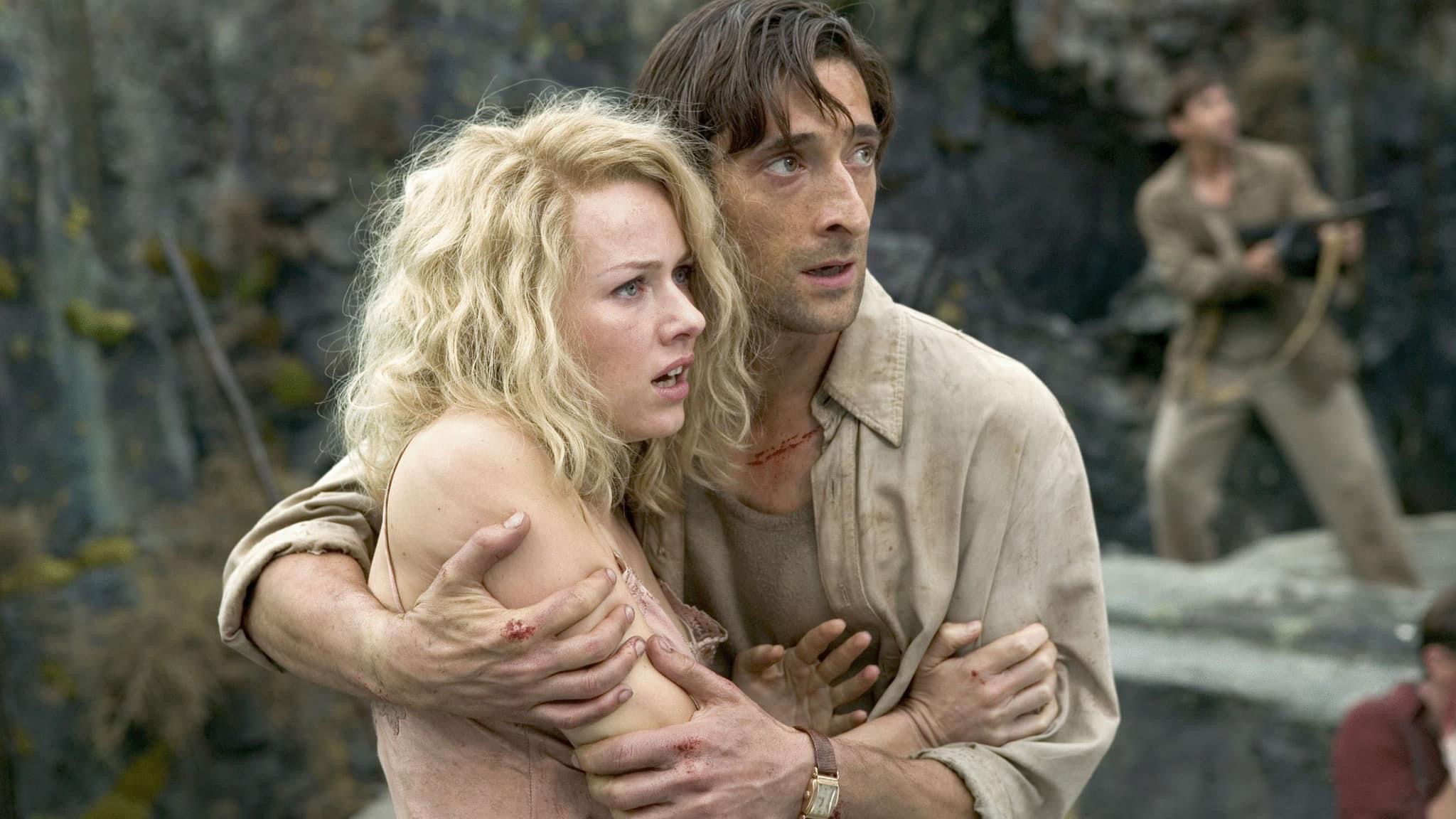
Themes
King Kong is more than a monster movie; it’s a meditation on exploitation, nature, and the consequences of human greed. At the center of the film is the theme of beauty and the beast, embodied in the relationship between Ann and Kong. Ann represents beauty, innocence, and compassion, while Kong, though fearsome, is also a misunderstood creature, driven by instinct and emotion rather than malice. Their bond highlights the power of empathy in the face of fear and the way humans often misunderstand and destroy what they cannot control.
The film also critiques the human tendency to exploit and commodify nature for profit, with Denham’s relentless pursuit of fame and fortune leading to Kong’s capture and ultimate demise. Kong’s tragic fall from the Empire State Building is a powerful symbol of the destructive consequences of mankind’s interference with nature, serving as a metaphor for the cost of unchecked ambition and exploitation.
Visual Style and Direction
Peter Jackson’s direction is grand and operatic, fully embracing the epic scale of the story. The visual design of Skull Island is rich and detailed, with dense jungles, towering cliffs, and menacing creatures that create a sense of danger and wonder. Jackson’s love for spectacle is evident in the film’s many set pieces, particularly the dinosaur chase and the climactic showdown on the Empire State Building.
Jackson balances these large-scale action sequences with moments of quiet emotional intensity, particularly in the scenes between Ann and Kong. The film’s pacing, however, has been a point of criticism. At over three hours long, some viewers may find the movie overly indulgent, with certain sequences—particularly in the first act—feeling drawn out. The extended runtime allows for character development and world-building but can test the patience of audiences expecting a faster-paced adventure.
Conclusion
King Kong (2005) is a visually stunning, emotionally resonant epic that updates a classic story for modern audiences. While the film’s length and pacing may be seen as excessive by some, it delivers a thrilling blend of action, emotion, and spectacle. At its heart, it is a tragic love story between beauty and the beast, brought to life through groundbreaking special effects and powerful performances, especially by Andy Serkis as Kong. Jackson’s King Kong stands as both a tribute to the original and a compelling, standalone achievement in its own right, blending classic adventure with modern cinematic artistry.




